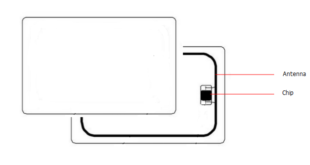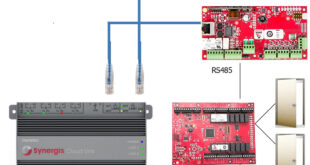
ONVIF stands for Open Network Video Interface Forum. It is an organisation started in 2008 by Axis communication, Bosch and Sony. Its purpose is to create standards interfaces for effective interoperability of IP based security products. Therefore, different products of different manufacturers can communicate if they are ONVIF compliant. To be compliant means that the camera or a device software code must be written conforming to ONVIF basic profile.
Standardization offers many advantages:
- Makes installation and integration of security systems easier. Before ONVIF Every manufacturer develop its products according to their own protocol, as a result VMS companies could support limited numbers of products.
- Thanks to ONVIF profiles, software developers write a code to be conformant. So they don’t worry about other manufacturer technical documentations and updates. Since every ONVF member is working to be conformant to the same profiles.
- ONVF gives a chance to have many choices of brands to use in a one system. In fact different brands offer different services and have different strengths. Thanks to ONVIF we can have the better products from different brands integrated in one system is possible.
What are ONVIF profiles ? :
Profile A: It is for access control systems. It offers the ability to manage credentials, to create and to adapt schedules and to allocate or to modify access rules on conformant access control products.
Profile C: It is also for access control systems. It supports events and alarm management.
Profile G: for video systems. It supports the configurations, the search and the retrieval of recordings on the storage devices.
Profile Q: Designed also for video systems. Its aim is to discover a device on a network, then to configure it.
Profile S: It is the basic profile. It aims to manage the basic video streaming. It supports the sending of video data over an IP network.
Profile T: It is for advanced video streaming features. Such as encoding format, settings and alarm events like motion detection etc.

